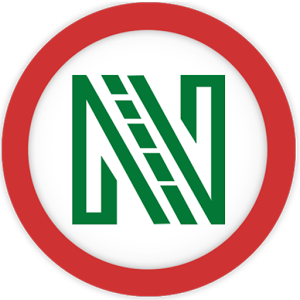INDIAN RAIILWAYS
Welcome to part 2 of the history of Indian Railways. In this post, we will discuss how the early stages of the Indian Railway developed and how new lines were uilt to connect nearly every corner of the Nation.
EARLY STAGES:
In the early years, Indian Railways was first expanded from the first routes as discussed below. Click the link below to see it. From then on, the railways was divided according to region and started to become a big organisation. At that time however, it was not a single state owned organisation. It was a set of seperate companies that worked in competition with one another to provide rail connectivity to Indian cities and villages.
Nothing changed much over many years in the railways under the british rule, but after independence, in 1951, all of the train companies that had been running trains were forced out of India and the newly formed state owned organisation was named Indian Railways.
Indian Railways Logo
Along with Indian Railways, ICF, short for Integral Coach Factory, was built in Madras to manufacture trains that would run all over India.
Throughout the British Period, newer and longer railway lines were built all across India. The railways were first built only for cargo and ran single track steam services. Teens and youth first attempted to smuggle on to trains and get off wherever they desire. Slowly, these modes os illegal transport became essential modes of oving people and when Indian Railways was unified, those ind of routes were legalised as passenger services to small towns and became the lifeline of the Nation.
To operate safe and frequent services across single track corridors, a British Engineer Named John Neale Invented a Token System. We will see more about this system in the next post. Untill then, stay tuned...







